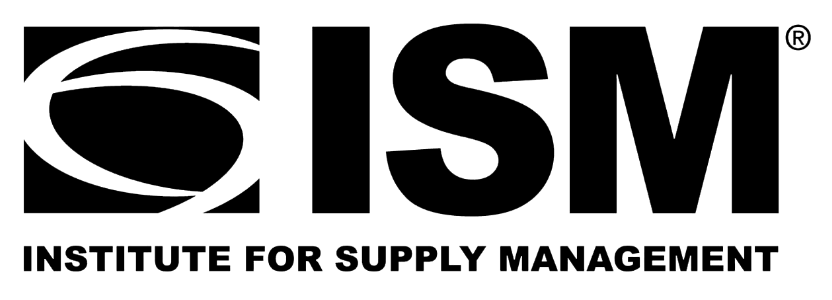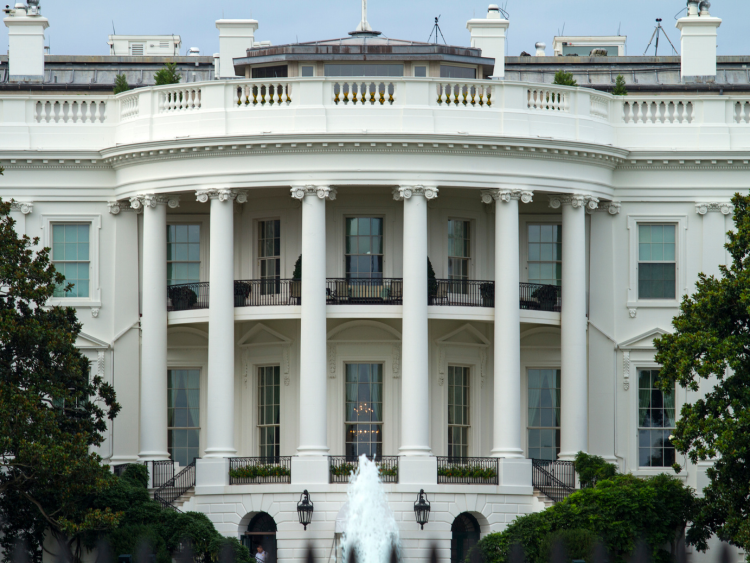Economy

WTO’s Trade Facilitation Agreement Goes Into Effect
Written by Sandy Williams
February 27, 2017
The World Trade Organization’s Trade Facilitation Agreement went into effect on February 22, 2017. The agreement seeks to reduce the “red tape” for traders involved in moving goods across borders.
The agreement, as summarized by the WTO, includes “improvements to the availability and publication of information about cross-border procedures and practices, improved appeal rights for traders, reduced fees and formalities connected with the import/export of goods, faster clearance procedures and enhanced conditions for freedom of transit for goods. The Agreement also contains measures for effective cooperation between customs and other authorities on trade facilitation and customs compliance issues.”
![]() The TFA also provides help with technology to implement the provisions and build capacity. The agreement is expected to help new firms enter the export market, increasing new products from developing countries by as much as 20 percent upon full implementation of the agreement. Least developed countries (LDC) are predicted to increase new exports up to 35 percent, according to a WTO study.
The TFA also provides help with technology to implement the provisions and build capacity. The agreement is expected to help new firms enter the export market, increasing new products from developing countries by as much as 20 percent upon full implementation of the agreement. Least developed countries (LDC) are predicted to increase new exports up to 35 percent, according to a WTO study.
The TFA was ratified by 112 countries including the United States.
“The Trade Facilitation Agreement is the biggest reform of global trade this century,” said WTO Director-General D.G. Azevêdo. “It sends a message about the power of trade to support jobs and growth around the world – in developed and developing countries alike.”
“Estimates show that the full implementation of the Agreement could reduce trade costs globally by an average of 14.3 per cent,” said Azevêdo. The increase in exports and access to more of the foreign market will make developing and LDC countries “less vulnerable to external economic shocks,” he added.
“The cumulative impact is striking. By 2030 the Agreement could add 2.7 percentage points per year to world trade growth and more than half a percentage point per year to world GDP growth. This impact would be greater than the elimination of all existing tariffs around the world.”
The American Institute for Iron and Steel made TFA one of its top priorities, working towards its enactment for several years. AIIS Executive Director Richard Chriss said that the pact will boost the international steel trade.
“This agreement will make it easier for AIIS members and others to engage in trade around the world,” Chriss said. “And the greater efficiencies that will result will contribute to stronger economic growth and lower prices for consumers.”

Sandy Williams
Read more from Sandy WilliamsLatest in Economy

US sets Section 232 tariffs on trucks and buses
Medium- and heavy-duty trucks (MHDV) and buses imported to the US will start being charged Section 232 tariffs beginning Nov. 1.

AMU: Consumer auto delinquencies: Warning sign for consumer health?
The Consumer Federation of America estimates rising total auto debt at a staggering $1.66 trillion, along with increasing repossessions and a sharp increase in delinquencies.

Beige Book: Regional market growth remains mostly flat
Economic growth in some US regions in September was offset by challenges in others, causing the market to appear largely unchanged overall, according to the Federal Reserve’s latest Beige Book report.

ISM September survey captures deepening manufacturing gloom
The Institute for Supply Management’s (ISM) latest monthly report on manufacturing reflects a bleak view of American industry in September.

Key industries concerned over government shutdown’s impact on steel, manufacturing
Trade groups cautioned that a prolonged shutdown could strain US industry.
